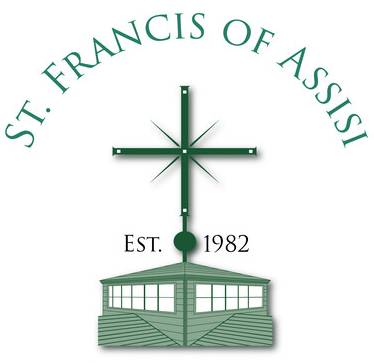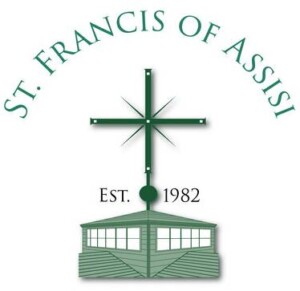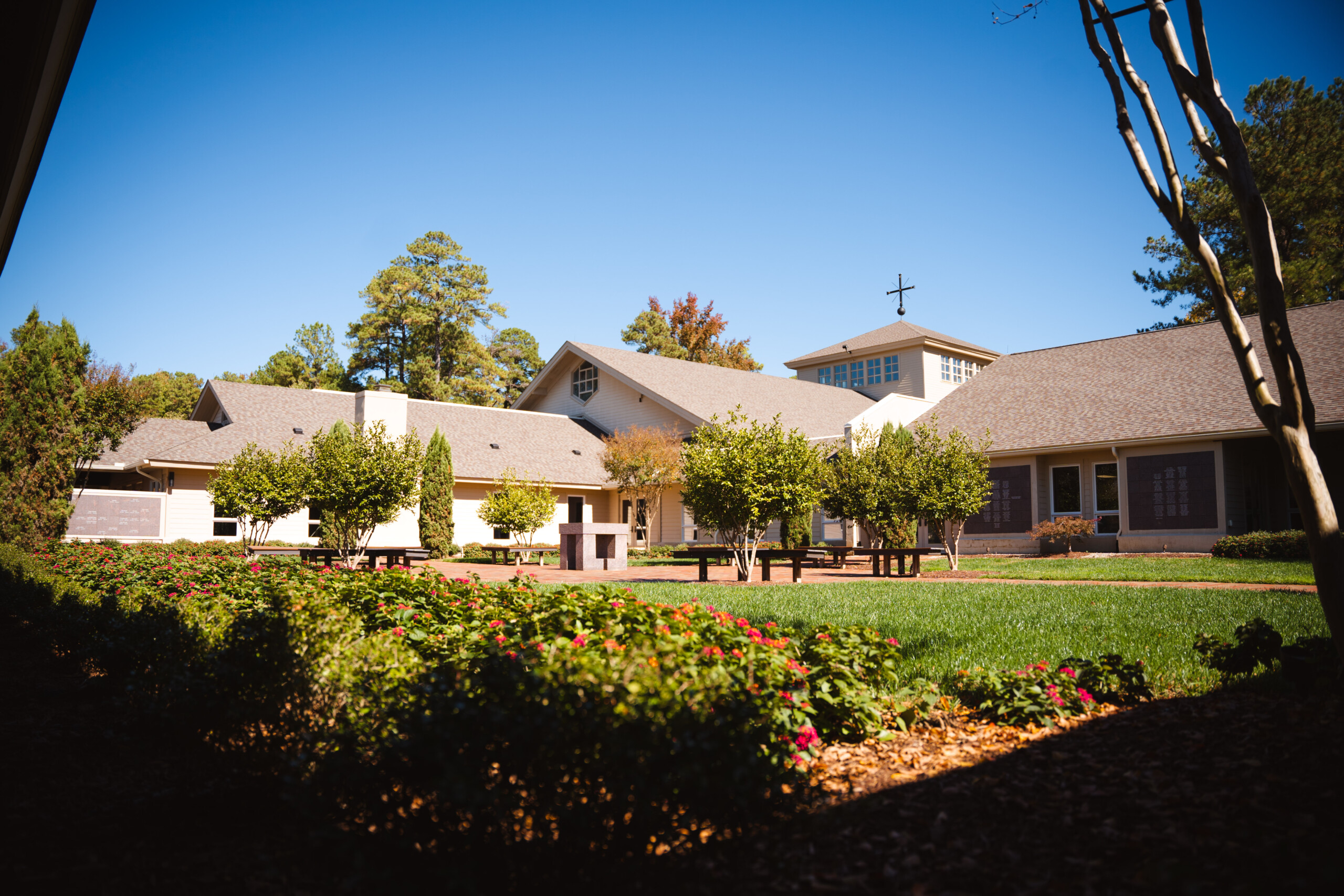Strategic planning is the art and science of formulating, implementing, and evaluating the priorities for an organization where it can have the most impact based on its vision and mission. “When doing this process for a Catholic parish,” as Jacob House, a member of the Pastoral Council and Strategic Planning Committee, says, “We feel grateful that the Holy Spirit is one of our committee members. We all are grateful and confident that no one of us is driving an agenda through this; the Holy Spirit is driving the process.”
That process involves including a representative cross-section of the parish, from long-time leaders to recent Rite of Christian Initiation of Adults (RCIA) parishioners to high school-aged members to add their perspectives; they all have come together with the Holy Spirit to plan the path forward for St. Francis of Assisi parish. The team has been meeting for the past few months, and the group feels good about how things are going. “I’m excited about what the committee is producing. We are a little behind schedule. Part of me wants to be 100% on time with our original timeline,” says Jacob, “but it’s more important that we take the necessary time to fully hear each other and follow the Holy Spirit’s guidance through prayer and reflection.”
The committee is working on a 5-year planning horizon and working within a framework that begins at the level of “purpose.” The big questions under consideration are: “Why do we exist as a parish (schools and church)?”; “What is our vision and mission? What do we do for whom?”; and then “What are our ‘big bets and unifying themes?’” The team split into four subteams at the beginning of December, one for each of the priorities discerned by the larger committee: ‘Encountering Christ,’ ‘Community,’ and ‘Mission,’ and then a communications team.
Jacob also emphasizes that there were overriding considerations, adding, “‘Youth’ is at the top of our minds. How do we help our younger parishioners develop their relationship with God, see the relevance of our Faith, and become self-motivated to participate in the body of Christ?’ We want them to want to be here, even when they are not ‘required to be.’ Youth spans all of our initiatives. We are also recognizing the growing needs of our elderly community and making sure all we do is welcoming and accessible to them. Again, we want the parish to be as much of a home to them as it ever was across all three priorities.” “Another unusual dynamic,” he continues, “is that we have some parishioners who are still grieving the departure of the friars and have concerns about whether the community identity has changed. ‘Is this still my community?’ people ask, and, hopefully, this process will convince them that we remain their parish family and rely on their participation as much as ever.”
The idea is to bring the subcommittees’ output together on January 18th, have a consensus on our goals for each priority, and discuss the first draft of objectives (specific, measurable intentions to achieve the goals). By the end of February, the communication focus is understanding any potential impacts to 2024-25. “We don’t need all five years fully quantified, but it’s important to have the resources needed for the first year in place,” says Jacob, “the Year 1 objectives and actions that will have costs will need to be finalized.” The committee also has the February / March timeframe as the focus on when the communication program starts to be implemented by the team Parish-wide. While there will be communications in January, including this article, it isn’t just as simple as one bulletin announcement. “We need multiple communications done in multiple ways to be efficient and involve everyone. We especially want to be sure,” Jacob adds, “that the schools are brought in and involved so everyone understands how the parish’s purpose, mission, and vision align with what the schools are doing.”
“We all feel a tremendous amount of responsibility. We all love this parish and the nearly 16,000 parishioners that make it up. The stakes are so much higher than what a strategic plan impacts in a business setting,” Jacob adds when comparing to previous experiences in the business world. “Understanding today’s and tomorrow’s needs of our youngest to our most senior members and how best to equip them to fully live out their baptismal call in a healthy and growing community of faith is our goal with this five-year plan. None of us, individually or collectively, would be up to that task, which is why the Holy Spirit is our most valuable committee member.”
When asked what he is concerned about with the process, Jacob says, “We take the responsibility seriously, and while it can be intimidating, we also have to take the time to think about how these things will look through the eyes of all our stakeholders, from preschoolers to founders to our neighbors, even to former parishioners. There are many different viewpoints to consider to be sure we aren’t overlooking anyone.” To help with including all, they have looked at all the different kinds of ‘listening’ over the past several years, from the 2019 Parish Leadership Summit and other internal feedback to the local Synod process and the active listening to the voices shared through all these efforts. The committee still asks, “Who have we not heard from yet, and are there additional voices we need to go out and get?” The recent communication survey results are coming, as is ongoing listening from the Synod globally; “Continued listening is essential, and these outputs will be incorporated into the process by the committee,” Jacob assures. He adds, “We also all know people who are less engaged than before COVID and are somewhat familiar with their reasons; we do our best to represent the voices of those who haven’t physically been in their parish home for some time.”
Jacob closes by saying, “This parish is amazing! Discovering and communicating what God is calling us to do differently over the next five years to make the Catholic Community of St. Francis of Assisi church and schools even more inviting and welcoming, where all people can encounter Christ, truly feel they are a valued part of a genuine community and are motivated to go out and share Christ’s light with the world is our highest priority.”
Author: Mike Watson







